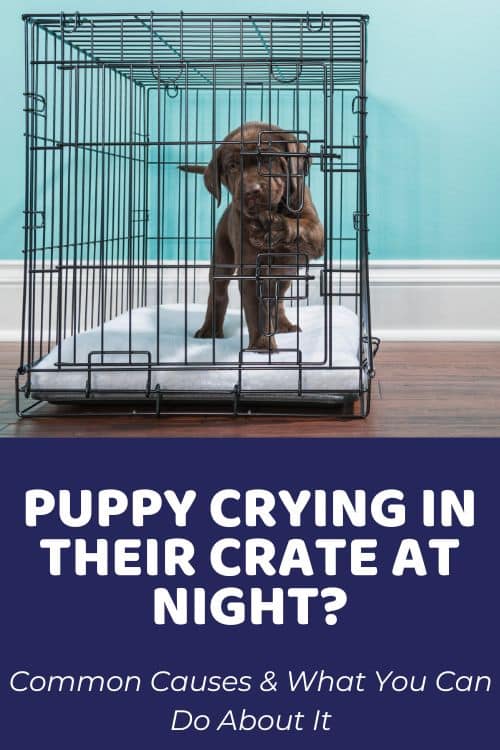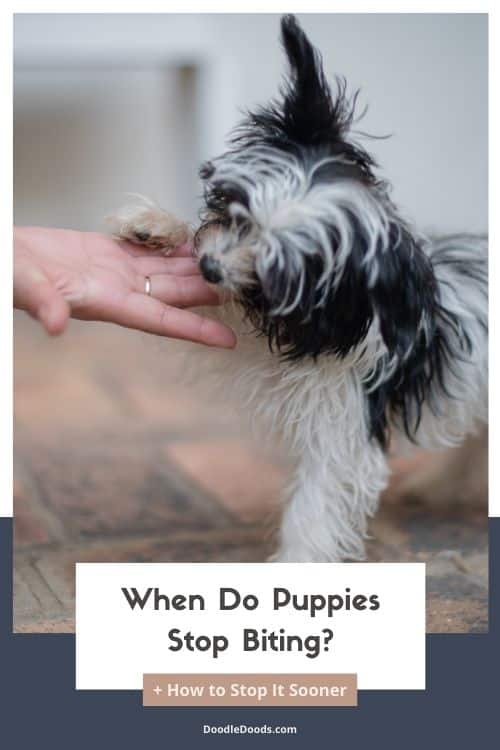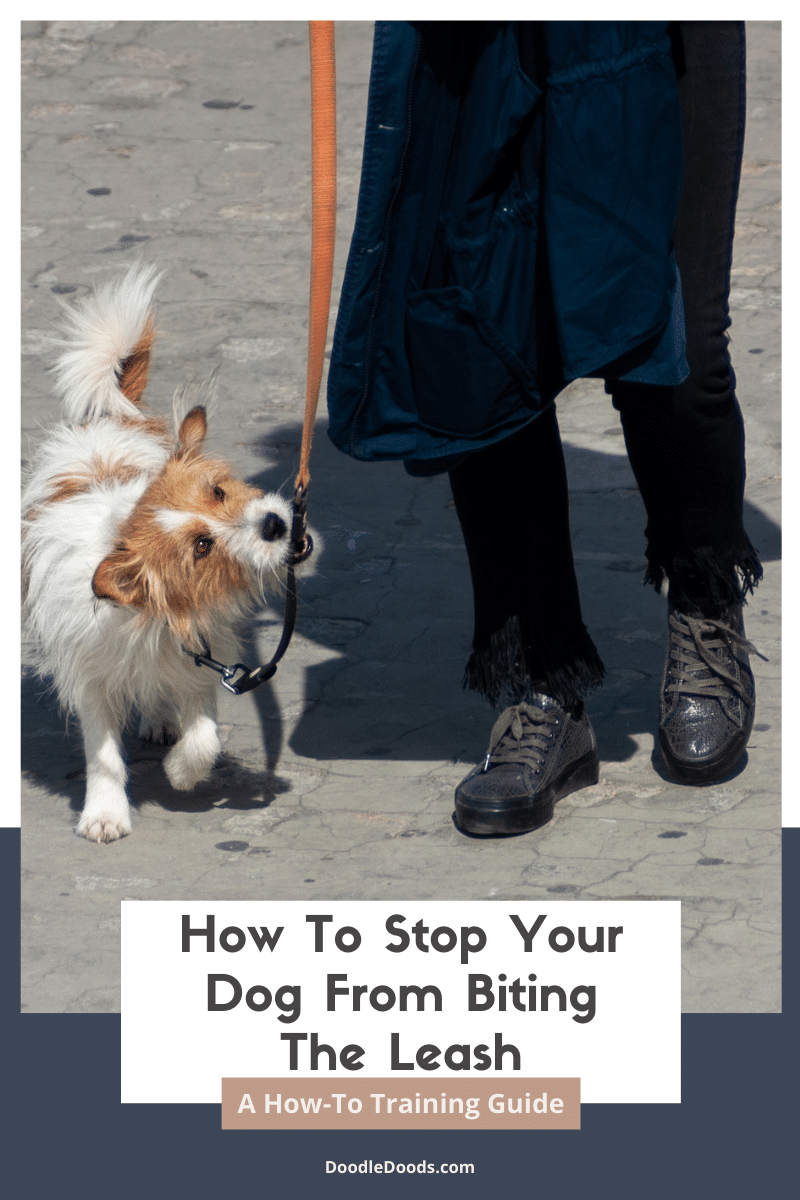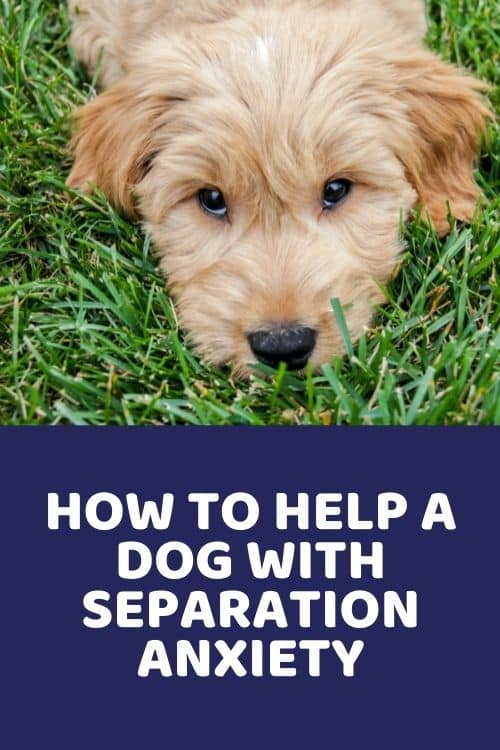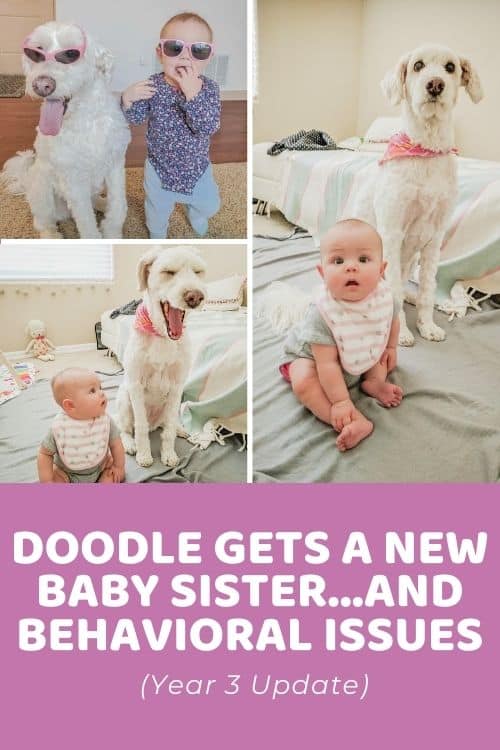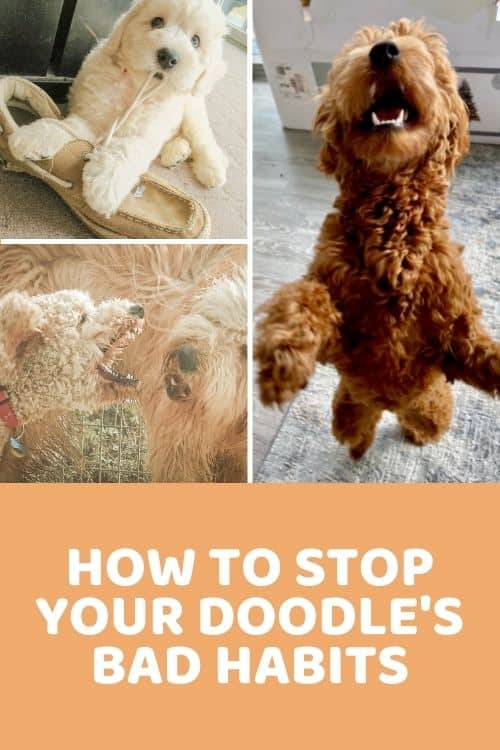Many dogs are cautious about the whole bathing, brushing, cleaning ritual – even when it’s done in the comfort of their own home. At the puppy parlor, though, they find themselves in a strange place with weird new smells and tools they have never seen the likes of before. Suddenly a stranger is poking and pulling at them, wielding said unfamiliar tools like weapons. You really can’t blame even the calmest, coolest, most confident of hounds for being a little wary of the experience.
While most pet parents work hard to create as stress-free an environment as possible for their little four-legged friends, it’s inevitable that they sometimes have to put them in situations that they are likely to feel far less comfortable about. A trip to the vet is likely high up on your dog’s horror list; a trip to the groomer, on the other hand, really doesn’t need to be. Let’s take a look at how to get your dog to behave at the groomers and make it a better time for your pal so as to keep bad behavior in check.
Table of Contents
- Why Take Your Dog To The Groomers?
- What Makes Visiting The Groomers So Stressful?
- Getting Your Puppy Groomer Ready
- Making An Older Dog Comfortable With Grooming
- Preparing Your Dog for A Visit To The Groomers
- Frequently Asked Questions About How To Get Dog To Behave at Groomers
- How To Get Dog To Behave at Groomers: Final Thoughts
Why Take Your Dog To The Groomers?
Happy, healthy dogs are ones that benefit from regular coat maintenance. Many owners are comfortable enough to take care of this themselves. However, not everyone has the time, tools, or know-how to keep their pup’s hair in great shape. This is especially the case when it comes to those crazy, fast-growing Poodle curls that many Doodles inherit. While brushing, and maybe even bathing, might be something you’re happy to take on, your dog will also require regular trims and more besides.
If you’re willing to dedicate the time to learning the various grooming jobs your pup needs done, great. Here you can find out about everything from trimming your pet’s coat to cutting their nails. If you would prefer to keep sending them out for the pros to take care of, then you might be looking at ways to make it a more comfortable experience for both your dog and anyone left dealing with them. After all, frequent trips to the groomers can keep pups looking and feeling great, but not all of them love being pampered in this way quite as much as most of us people do.
Want to Learn
DIY Doodle Grooming?
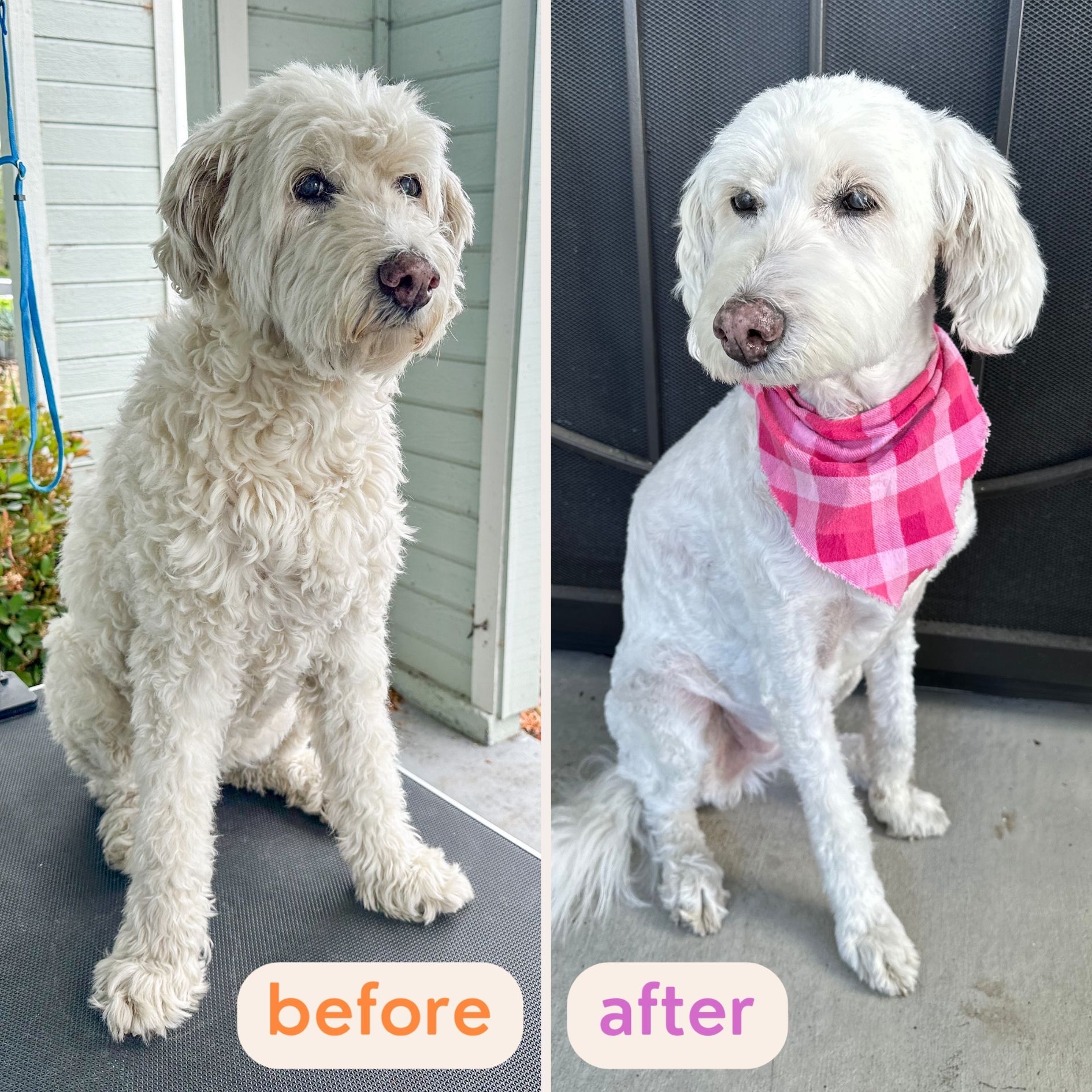
 “Every concern and question I had now has clear, practical solutions.” – Paula D.
“Every concern and question I had now has clear, practical solutions.” – Paula D.
 “These lessons have provided tremendous amounts of information.” – Steve B.
“These lessons have provided tremendous amounts of information.” – Steve B.
 “Buy the course and complain about how easy it is!” – Chris S.
“Buy the course and complain about how easy it is!” – Chris S.
Learn How To Groom Your Doodle At Home…
Safely…And Without Confusion:
What Makes Visiting The Groomers So Stressful?
The first thing that will likely trip your pet’s anxiety about this experience is how unfamiliar it is. Often this is a much bigger deal than the actual grooming itself. Dogs that haven’t been thoroughly socialized to both new environments and new people from a young age are more likely to react from a place of stress. While this might see them simply cowering away and shaking in fear (not how you ever want to see your dog acting), it could also manifest in unwanted behaviors like barking or pulling away and even in potentially harmful ones such as snapping and biting.
The second issue will be to do with the actual grooming itself. It’s a rare dog that will happily stand and take vigorous brushing or having water poured over their head, their nails cut, or their anal glands expressed. The issue is that most owners simply don’t spend enough time getting their pets used to this, let alone to the point of actually enjoying it. Bathing and brushing tend to be tedious tasks that most people rush through without working on making it a positive experience for their pups. If this is also the way things are done at the groomers, as well as at home, it’s no wonder your dog acts up.
Getting Your Puppy Groomer Ready
The ideal time to work at getting your pal both comfortable with new experiences and happy with being manhandled is when they are young. In those very early weeks, simply work on getting your puppy used to having their paws, ears, and tail touched, stroked, and moved about. Massage your dog’s feet, touch their paw pads and explore between their toes and their nails gently with your fingers. Play with their ears (most Doods require A LOT of ear care). Incorporate this into both play time and snuggle time with plenty of praise and rewards, and it will quickly come to be something that doesn’t faze your dog in the slightest.
From there, you can get your pooch familiar with the kind of equipment likely to be used on them by the groomer. Give them time to sniff brushes, combs, shampoos, and nail clippers. Let them give the items a bit of a nibble and just generally learn how harmless they are. Once your pup is comfortable, move the objects around them, touching them with the brush, lightly tapping them on the toes with the nail clippers, passing the comb over their head, and so on. Keep them below the fear threshold by doing this gradually and offering plenty of treats to make it all as positive as possible.
Hair clippers are bound to be the scariest new tools your puppy encounters, and if your Dood inherits that fast-growing Poodle hair, they will encounter these often in the future. So if you are able to get your pup used to the noise and presence of these in advance, more’s the better. Remove the blades from the clippers you have at home and expose your pup to them little by little – first letting them look and eventually running them over their body. If you don’t have clippers, a similar-sounding item, like an electric toothbrush, can substitute for the noise part at least.
Making An Older Dog Comfortable With Grooming
If you miss this initial critical period of getting your dog well and truly used to being brushed (and everything else that goes alongside that) for whatever reason, don’t worry. There are still a few things you can do to reduce your dog’s grooming anxiety, make them feel better about going to the groomers, and help them to behave better while they are there. It just might take a little longer, and you’ll likely have to put in a bit more effort, that’s all.
A good place to start is by assessing how much of your dog’s stress is due to the grooming and how much is about being placed in an unfamiliar environment. If you’ve had your dog for some time, you’ll likely already know how they feel about meeting new people and being in new places. If this is something they absolutely hate (they hide away, bark, or otherwise demonstrate their displeasure), you’ll need to do a little socialization work with them and maybe even a little counter-conditioning to make them less fearful of this aspect of the groom.
Basically, this involves introducing them to new situations, or ones that make them extra reactive, gradually with plenty of high-value treats. The aim is to keep them cool, calm, and happy while inching ever closer to strangers, other dogs, etc. Eventually, the idea is to have them happily accepting treats, strokes, and attention from new people. If you can persuade a friend to attempt grooming them, more’s the better. This will (hopefully) make them more comfortable about being brushed by someone they don’t know well.
In terms of getting Fido used to grooming, you’ll have to do much the same thing, but with brushes, bathtubs, moving their various body parts around, etc. The more often you can spend doing some kind of grooming activity with your pet, the quicker they will adapt. However, you need to ensure it’s always a positive experience. Avoid painful pulling on their coat, and make sure you’re not grooming them for too long, and stop if they express any displeasure with the process. Keep the tone of your voice positive, too – confidence begets confidence, as they say. And use treats – like, a lot!
Preparing Your Dog for A Visit To The Groomers
Probably the very best way to prepare for a visit to the groomer is by keeping on top of your pet’s coat at home. Not only will this serve as extra desensitization training for them, but it will ensure their hair doesn’t get to the point of being filled with the kind of painful knots and matting that are impossible to remove without a ton of work and plenty of hair pulling. Make sure to have the right kind of tools on hand. Top-quality brushes and other products can reduce the trauma for your pet by making the whole experience far more pleasant and far faster too.
Before booking your pup in, thoroughly vet the groomer. Like with everything else, there will be good ones and not-quite-so-good ones. Seeking recommendations from friends and family, as well as expert sites, can help with this, as can checking the reviews the groomer has received from other pet owners. Then make sure to chat to the groomer in advance about your dog’s specific situation – whether they get frightened or snappish. As the pros, they often have some effective methods (and advice) for dealing with these all-too-common issues.
Then on the day, be sure to thoroughly exercise your Dood before they go. There are few things worse than trying to get a bundle of energy to stand still while you’re dealing with the more delicate areas of their coat. Getting rid of some of this energy is also vital for your pup’s safety, too, as don’t forget the groomer will be using tools such as scissors and nail clippers – you wouldn’t want them to be moving around too much around these! If your pal gets anxious about being in the car, factor this in and make sure you arrive early so you can spend a little quality time walking them around the block and/or making a fuss of them to calm them down and put them in an all-around better state.
Frequently Asked Questions About How To Get Dog To Behave at Groomers
Dogs acting up when they get taken for grooming really is a very common problem. The combination of a strange new environment with unfamiliar sights, smells, and sounds, being restrained, and then having their hair pulled around and various other body parts messed with can be very unsettling for most dogs, and especially for those with an already particularly fearful nature.
The best way to ensure your dog is always on their best behavior when having their coat seen to is to get them used to being handled, brushed, and more from a very young age. By pairing these activities with high-value treats such as plenty of love and attention, and super tasty snacks, you can make them seem much more positive in the eyes of your pup.
Most dogs act out because they are afraid of the situation they find themselves in. This is as true of seemingly aggressive behavior as it is fearful behavior. Working on socialization and familiarization (with grooming tools) at home can bolster your pup’s confidence. As can taking them for a “trial run” at the groomers if possible. Letting them explore this new environment can do wonders for their comfort levels.
How To Get Dog To Behave at Groomers: Final Thoughts
While grooming is traditionally viewed as a stressful task (by owners and their pets alike), there’s absolutely no reason why your Doodle can’t learn to love being groomed. After all, they are getting plenty of focused attention (which most dogs love) and being pampered besides. That being said, bathing and brushing are common bugbears for many hounds. Often this is simply to do with the fact that they are usually rushed through the process, and not much time is taken to make them feel more comfortable with it.
Help your pup feel better by making grooming time fun in the home and beyond. Always, ALWAYS ensure that it’s as positive an experience as possible for them because dogs remember the bad times – sometimes much more clearly than the good! One bad experience will set you right back, and the next time you attempt to take your guy or gal to the puppy parlor, they will remember being stressed the last time, and the groom will go a lot harder on them, and the poor person attempting it!


